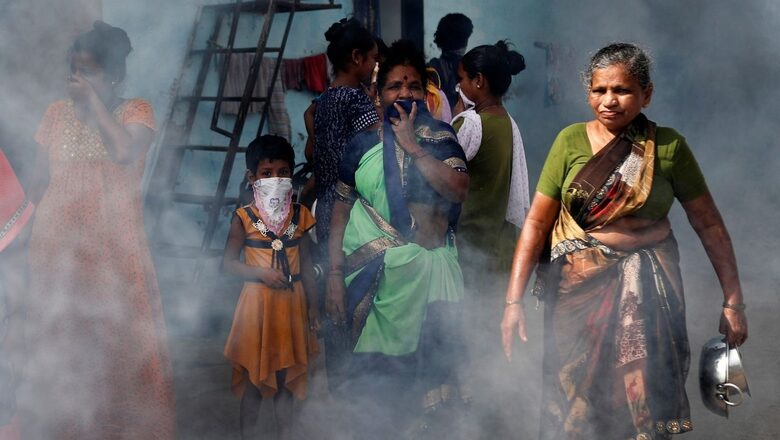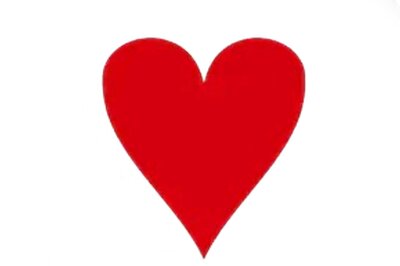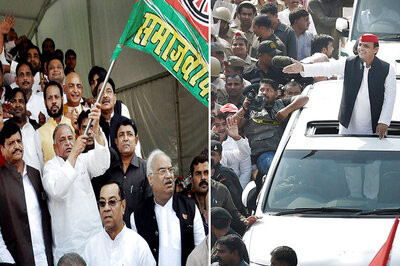
views
As the effects of the first wave of coronavirus began waning last year, Dharavi emerged as a success story drawing global adulation. The World Bank praised the efforts of the Mumbai civic authorities in containing the spread of the coronavirus in one of the world’s largest slums complimenting its success that stemmed from a combination of customised solutions, community involvement and perseverance.
Dharavi, which is spread over an area of 2.5 square kilometres and has a population of 650,000, on Wednesday did not report any fresh coronavirus case for the third time in August, keeping its tally unchanged at 6,992.
It had not reported any fresh coronavirus cases on August 3 and 8 either.
In June and July, too, Dharavi had witnessed no new Covid-19 infections on a few days. Dharavi has a cumulative Covid-19 caseload of 6,992, of which 6,596 patients have already recovered and been discharged from hospitals.
The densely populated slum locality, once a Covid hotspot, has 25 active cases currently.
On Tuesday, Dharavi had reported only one new infection. The number of infections has been below five on days when new cases have been reported in August so far.
Narrow lanes, wide challenge
After successfully beating the first wave of Covid-19, Dharavi again became a hotspot of coronavirus infections at the beginning of April when the second wave swept Maharashtra.
The first Covid-19 patient in Dharavi was detected on April 1, nearly three weeks after Mumbai recorded its maiden positive case on March 11. Thereafter, the daily case count kept rising and it was declared as Covid-19 hotspot. In the first week of May last year, it had reported 94 cases in a single day, its highest daily count then. However, the number started going down gradually from the following month.
Housing a mix of shanties and micro industrial units, Dharavi is home to almost 6.5 lakh people. The area has 5,000 GST-registered enterprises, 15,000 single-room factories and is a hub of international exports with an annual turnover of 1 billion USD.
Second wave
According to Brihanmumbai Municipal Corporation (BMC) officials, the daily number of cases from Dharavi went down significantly from November in the first wave and it even did not report any case a few days in January and February. In the last four months, the slum hardly reported any double-digit daily growth in cases.
Then, in March this year, it broke all its records and registered a 62 per cent jump in daily cases. As against the entire February’s infection count of 168, Dharavi reported a rise of 62 per cent.
The Dharavi formula
Taming the virus in an area where families of eight to 10 people live in 10×10 rooms and social distancing is impossible was not easy. A number of steps, including proactive screening with the assistance of private doctors and community support, the authorities have managed to flatten the curve of viral spread.
Basic hygeine: A majority of Dharavi’s population uses community toilets. The BMC ensured that these were sanitised and disinfected several times a day.
Screening: Special attention was given to senior citizens; 8,246 of them were surveyed. Doctors and private clinics, as part of proactive screening and fever camps, covered as many as 47,500 houses, while 14,970 people were screened in mobile vans.
Private players: The BMC mobilised private practitioners, and provided them with PPE kits, thermal scanners, pulse oxymetres, masks, gloves, and had them begin door-to-door screening in high risk zones. Later, all medical practitioners were asked to open their clinics and alert the civic body about suspected patients.
Hospitals: Apart from acquiring beds in private hospitals, Municipal Commissioner I S Chahal also had a 200-bed hospital set up in record 14 days with oxygen supply.
Restrictions: There was a strict enforcement of lockdown in containment zones. Only critical patients were shifted to hospitals outside Dharavi; 90 per cent were treated in Dharavi itself. Local community leaders were appointed as “Covid yoddhas” (warriors) to help with the mammoth effort. Grocery kits and food packets were distributed in containment zones to prevent the movement of people.
(With PTI inputs)
Read all the Latest News, Breaking News and Coronavirus News here.



















Comments
0 comment